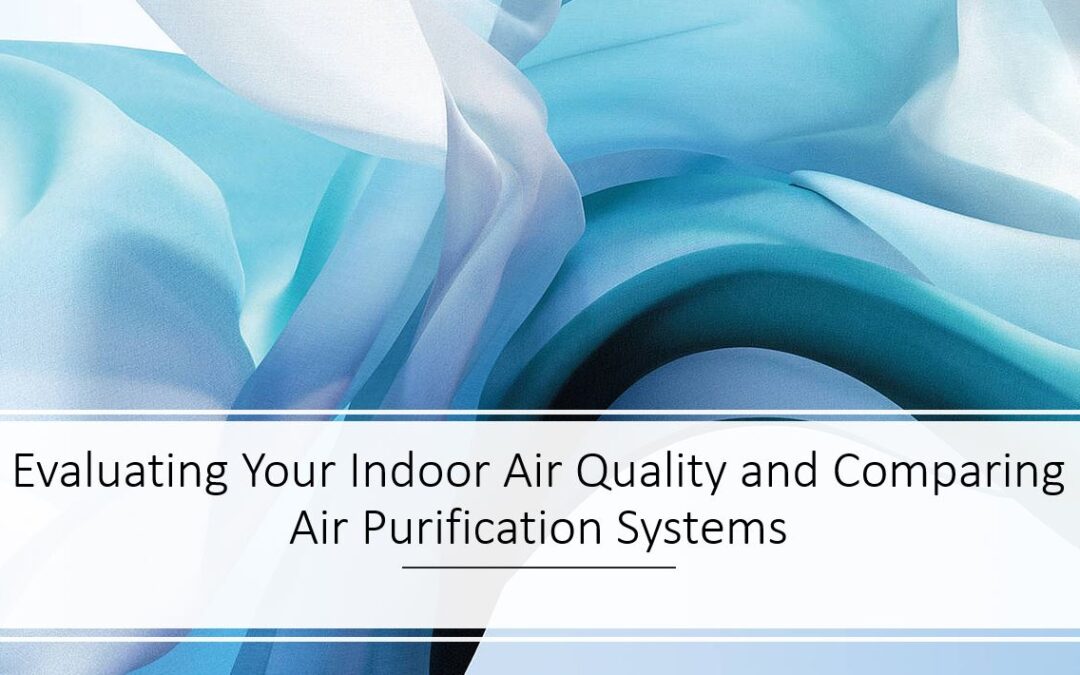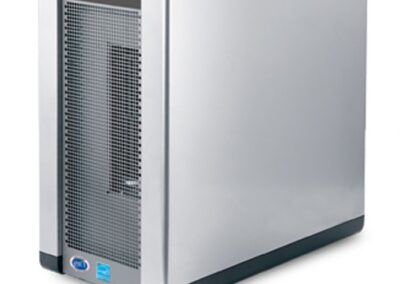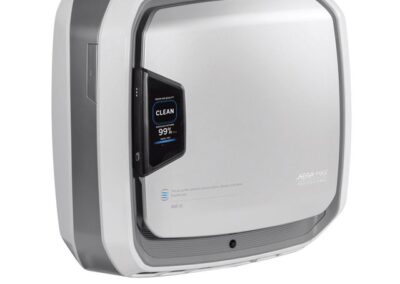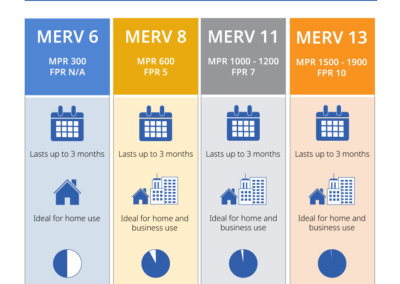| Evaluating Your Indoor Air Quality and Improving Wellness Standards |
As employee health and safety have come to the forefront of the corporate workplace during this pandemic, many employers and office building owners are considering ways to increase their indoor environmental quality. Such as updating their furniture and installing new touchless features. However, some indoor environmental qualities, such as air filtration and purity, are less noticeable than the tangible items and can often be overlooked. At EDD, our WELL-Accredited Professionals can help you evaluate your workspace to ensure these important features are not being ignored and that your office is at the height of wellness to ensure employee health and safety.
Poor air quality can have many adverse effects on individual wellbeing. Studies have found that poor air quality, ventilation, and purification can lead to a lack of focus and decreased work performance and even sickness. Additionally, it can contribute to the circulation of volatile organic compounds and microbial pathogens such as airborne illnesses and viruses. Installing and maintaining an adequate ventilation and purification system can substantially reduce these air-circulated pollutants and is an important and necessary step to improve your indoor environmental quality.
Below we have outlined the pros and cons of several air purification systems that could be appropriate for office and corporate buildings. The systems we included were chosen because their small size, portability, and easy installation. It is not a complete list of all available or recommended products.
Beyond Guardian Air
Pros: Portable, no installation required; Effective up to 2,00 sq.ft.; Very quiet with HEPA silent setting; Able to capture particles as small as 0.1 micron; Effective in reducing concentrations of influenza A and removing allergens, bacteria, germs; 5-year warranty; Only has to be serviced every 2-years.
Cons: Filter must be changed every year; Filter replacement expensive.
AreaMax Pro
Pros: Option to wall mount or standalone (portable); Has different model types offered at various price points; Effective in standard 9’ ceiling room up to 1,000 sq.ft.; Uses smart technology to detect room usage and shift to standby mode; Shows odor levels and filter change recommendations; Removes influenza A and allergens from the air; Options of up to 5-year warranty.
Cons: Filter must be changed every 6-12 months; Only effective up to 1,000 sq.ft.; Only effective at capturing airborne particles up to 0.3 microns.
Room Air Purifier (RAP)
Pros: Portable, no installation required; Air enters MERV 8 filter through a HEPA filter; HEPA filter only needs to be changed every 2-3 years; Effective in standard 9’ ceiling room up to 2,000 sq.ft.; Extremely quiet; Has optional addition of UV-light & Bi-polar Ionization; Optional UV bulb can last up to 9,000 hours (380 days).
Cons: MERV filter has to be changed every 9-12 month; Only 1-year warranty available; Only effective at capturing airborne particles up to 0.3 microns.
What is MERV and HEPA?
MERV stands for “Minimum Efficiency Reporting Values” which reports a filter’s ability to capture larger particles between 0.3 and 10 microns. It is a helpful unit to compare the performance of different filters.
HEPA is a type of pleated mechanical filter and stands for “High Efficiency Particulate Air”. This type of filter can theoretically remove at least 99.97% of dust, pollen, mold, bacteria, and any airborne particles with a size of 0.3 microns.
*For scale: E.coli is ~1.0 microns, H1N1 is ~0.1 microns, Influenza virus is ~0.08 – 0.12 microns, SARS-CoV-2 is ~0.05 – 0.2 microns.*




